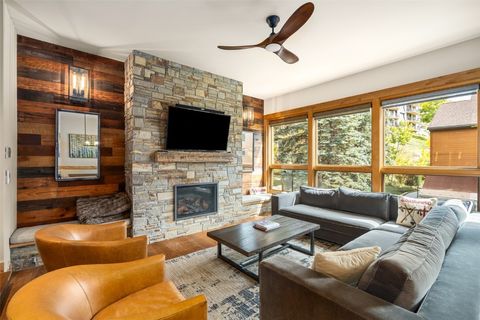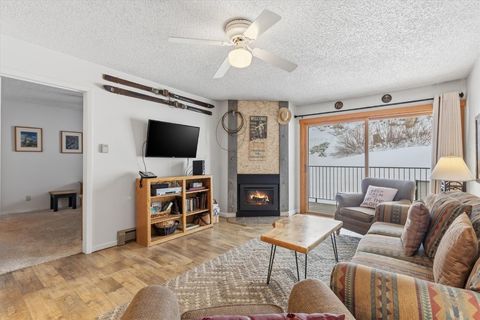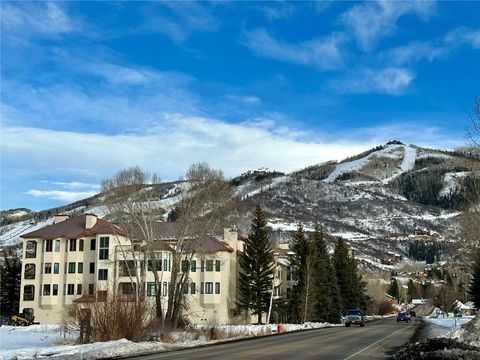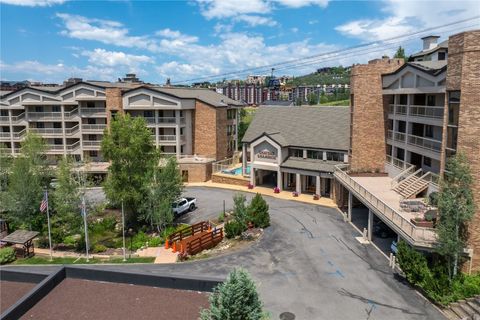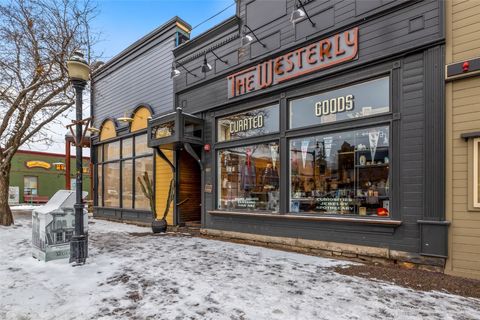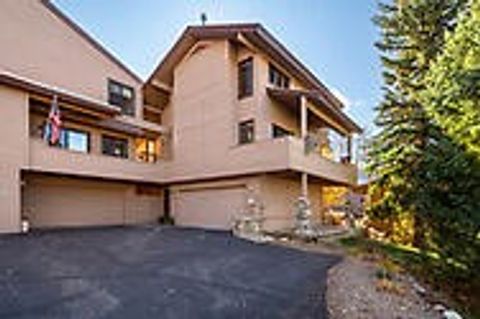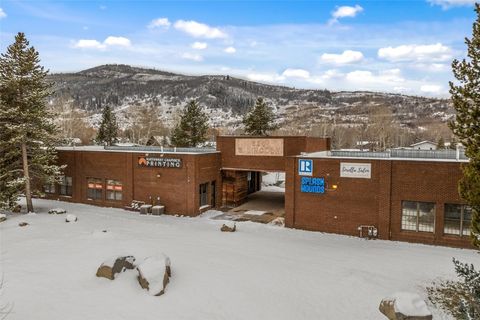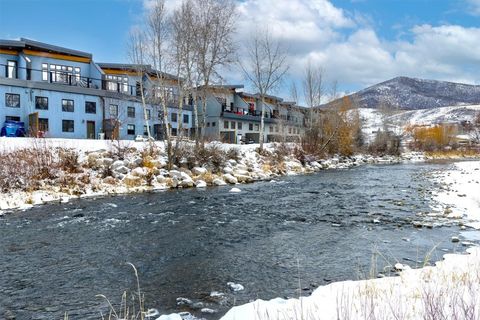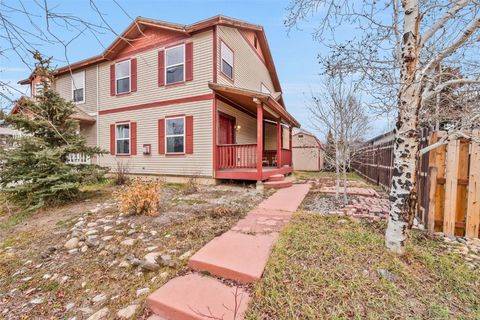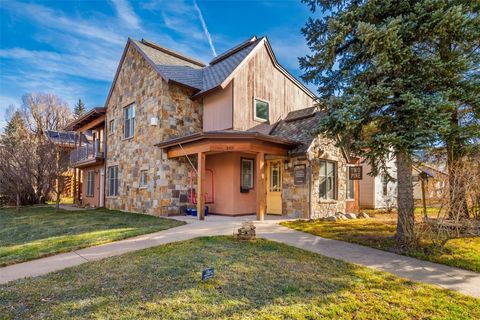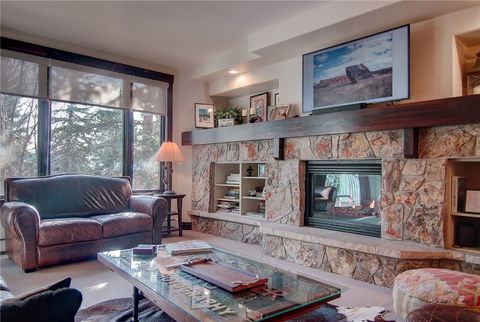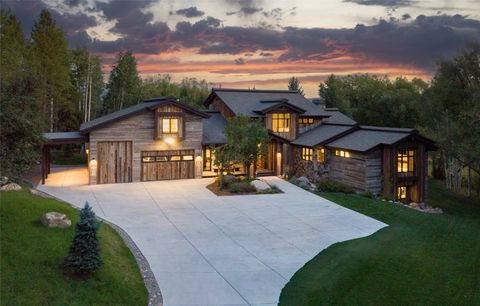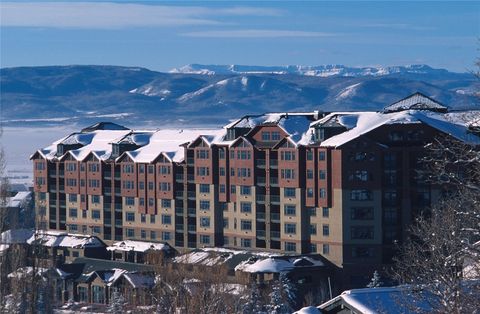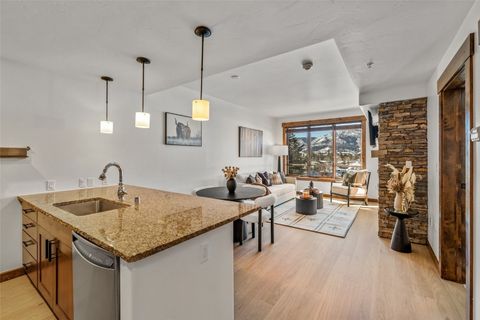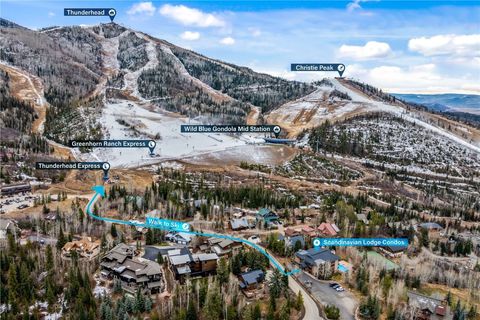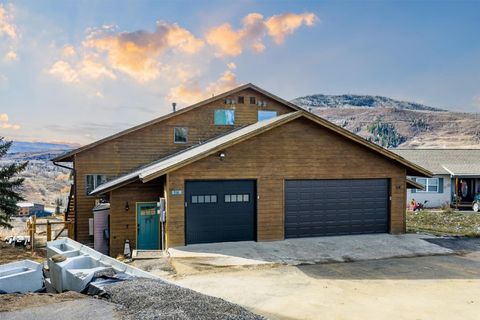Wednesday, July 23, 2014
10 Things to Know Before Buying a Vacant Lot
In the 1986 comedy “The Money Pit,” a young Tom Hanks finds himself struggling to repair a decrepit mansion that’s falling apart around him. The gigantic house seems like a good deal at first — until the staircase starts collapsing and chimneys begin caving in. Important lesson: Never buy a house without doing your homework. And buying vacant land may not be exactly the same as buying a house, but similar rules apply. You should always know what you’re getting yourself into.
Buying a vacant lot is an important and complex decision, just like any real estate purchase. For starters, there are plenty of reasons to buy a parcel of land. If you buy a house, it’s probably so you can live in it; but with land, you could choose to build your own house, use the property as a long-term investment or even to start up a business. Property also introduces a host of issues you don’t normally face when buying a house. There are all sorts of restrictions that could apply to a vacant lot — you might not be able to build a house on it at all.
Whatever your intentions, there’s plenty to know before investing in property. Here are 10 of them, including everything from the basic expenses and city ordinances to land surveys and easements.

No matter why you’re purchasing a piece of property, nothing is more important than location.
Ryan McVay/Thinkstock
10: Location
Location, location, location. The old real estate adage nails our first, most basic concern in land purchasing dead on. Think about it: No matter why you’re purchasing a piece of property, nothing is more important than location. If you’re making an investment, don’t buy land with no resale value. If you’re aiming on starting up a business, don’t buy land completely isolated from potential customers. And if you’re looking to build a house, don’t buy land you can’t build on.
Before shopping for a piece of land, you should develop a general idea of where you’d like to make a purchase. You can go for an exploratory drive and use online resources to help you. For example, if you’re buying a few acres of land to build a house you’ll likely want to consider things like access to schools, your job, grocery shopping and restaurants. (Later we’ll delve into specific land concerns.)
In other words, you should be shopping for the community at the same time you shop for your land, and use Google Maps to scope out an area. When you’ve scored a win in both categories — community and land — you’ll know you’ve made a good choice.
If the land is for business use, choosing won’t be so easy — you’ll have to carefully analyze a prospective location’s business value. But if you’re already planning a business, you should have that in mind already. Whatever kind of land you’re looking for, the costs can add up quickly even before you start construction. Next we’ll hit on some of the basics to be ready for.
9: Know the Costs Involved
Real estate is an investment of time and money — and the more time you spend preparing, the more ready you’ll be to spend your money wisely. What kind of expenses can you expect to incur when buying a vacant lot? At some point during the purchasing process, you might want to consider title insurance. It “protects owners and lenders against any property loss or damage they might experience because of liens, encumbrances or defects in the title to the property” [source:Stewart.com]. Consider it your shield against legal complications involving your property. While title insurance isn’t necessarily required during a property transaction, if you apply for a bank loan or a mortgage, the financial institution may recommend you purchase title insurance to protect their investment and your own [source:Mortgage Professor].
Another potential cost to consider: a land survey. It’s possible you won’t need a survey done on land you’re interested in buying. The land could have been recently surveyed, and with a little legwork you should be able to find out if and when a survey’s been done. We’ll get into surveying in-depth later on, but keep in mind that you may need to hire a professional surveyor to chart out the boundaries of your property. Because surveys vary based on location and a host of other factors, it’s hard to give a general estimate of how much one will cost [source: Leslie and Associates].
Finally, remember that utilities and building costs will be expensive. In some cases, you may have to pay to have electricity and water run to your house before you even begin monthly service fees. On some land, you’ll have to drill a well or install a septic system alongside home construction. If you’re buying a piece of land as an investment, you’ll bypass quite a few of those headaches.
But no matter what kind of property you’ve got your eye on buying, you’ll want to know exactly what kind of government zoning restrictions are in place. We’ll discuss those next.
8: Zoning Restrictions
Zoning laws govern what can and can’t be done with land. Essentially, zoning laws are the reason you don’t have a Walmart in your back yard or a sewage processing plant right next to a town square. Zoning is a bit more complex than that, of course: It’s the division of land into subdivisions that will have varying restrictions of what can be built on each piece of property [source: Curry]. Make sure you’d even be allowed to build a house on a vacant lot before buying and trying to start construction.
Figuring out the basics of zoning shouldn’t be too difficult. For instance, certain areas will clearly be zoned for residential building. You can seek out the zoning office in any U.S. county or look it up online to find useful records for any parcel of land. While you’re digging around in those records, make sure to pay attention to the county’s long-term land use plans and scheduled road additions. Those will dictate future construction and could spell the difference between a nice quiet front yard and a house uncomfortably close to an interstate 10 years from now [source: Curry].
Even after successfully navigating zoning restrictions, you should still be aware of a few limitations that impact what you can and can’t build on a piece of property. Next up: the power of homeowner’s associations and city ordinances.
7: Ordinances and Covenants
Land destined to be built on or sold is typically carved up into smaller parcels that make up subdivisions. The land in a subdivision likely already has some restrictions placed upon it that you’ll want to know about before buying. If the vacant lot you’re eying is in the middle of an already developed community, chances are good that a homeowner’s association governs that area. Homeowner’s associations command membership fees and set the rules for behavior and decorum in the area. Following their rules could dictate how frequently you cut your grass, where you park your car or even what kind of pets you have [source: Wisegeek].
On a more general level, subdivisions will have covenants in place that lay down specific rules for the use of the property in question. These covenants, or deed restrictions, are private agreements between the landowner and the buyer, which is what separates them from the zoning restrictions we covered last page [source:Lex-Co.com]. Within city limits, you may also be held to city ordinances that govern certain behaviors or land uses, such as the way you handle garbage removal [source: Wisegeek].
All those restrictions may sound like a real headache. They can be — but they can also be a blessing. After all, the rules apply to everyone else, too. If you find a piece of land you like with covenants you can live with, you’ll know everyone else in the area is bound to the same standards.

If the lot you’re interested in doesn’t already have utilities, you’ll have to deal with having those added.
iStockphoto/Thinkstock
6: Utilities
Those of you looking to invest in property and keep it pristine and unaltered won’t have much use for utilities. For everyone else, they’re a vital element of the equation. Any vacant lot you’re eyeing for a home or business will need utility access. You know the drill — electric for power, gas for heat, phone lines for communication. You’ll want some or all of those piped into your property when construction begins. One way to bypass this concern entirely is to purchase vacant land that already has utilities installed.
If you don’t luck into such a purchase, you’ll have a few things to take care of, and they’re all going to cost money. You’ll have to deal with the power company to have your property connected to the nearest power lines. Same goes for the phone company, and with gas you’ll have to do some research to choose between installing a tank on your property and connecting to local gas services.
Water and sewage could potentially be more work. Vacant lots that aren’t close enough to water and sewage lines will need wells and septic systems to gain access to these two utilities. That means added expenses and added hassle, as you’ll need permits for drilling a well and installing a septic system [source: Squidoo]. Assuming you’re close enough to local resources to run in some or all of your utilities, the next issue to tackle is road access.
5: Road Access
Road access might sound like a no-brainer, but it’s a surprisingly complex issue when you’re purchasing a vacant lot. In urban areas, it’s rarely a problem — but in the countryside, rural land for sale could potentially be cut off from a major road and be available only via private access. This can introduce a number of problems. If land truly isn’t accessible via public roadways, it might not have access to city water or sewage. You could end up requiring a septic system and a well to handle those basic utilities, which will add to the construction costs.
More important, however, is the issue of access. A public road obviously guarantees a route to a vacant lot at all times. But when private roads enter into the equation, things get complicated. If your property is landlocked, the typical solution is to make an arrangement with a neighbor for guaranteed access via a private road through their land, known as an easement. We’ll discuss this next.
4: Easements
With easements, we delve into the world of real estate law. According to Merriam-Webster, an easement is “an interest in land owned by another that entitles its holder to a specific limited use or enjoyment” [source: Merriam-Webster]. Imagine you find that perfect piece of property. It has everything you’re looking for: a lush, dense forest, a babbling brook and a clearing with an amazing view perfect for your dream house. But there’s a problem: There’s no public road with direct access to the property, and the only way to access it is via a private road owned by your would-be neighbor. That’s where easements come in.
With some luck, you’ll be able to establish an easement on a neighbor’s property through friendly discussion. The nature of your easement will vary by situation — maybe you need to run a power line across a corner of a neighbor’s property, or perhaps you want to install a driveway running to their private road.
In most cases, it’s smart to consult a real estate lawyer when negotiating an easement. Even if you get along well with your neighbor, drawing up official documentation will allow you to lay out the terms of the agreement and protect yourself from liability [source: Schleiffarth]. If your neighbor isn’t too agreeable about negotiating an easement, things get tricky. You may be able to sue to establish a “way of necessity,” meaning you’ll have to prove in court that you require an easement on a neighbor’s property for access. You may also be able to sue for an easement based on prior use, if it’s clear that the previous owners had access to a neighbor’s property before you purchased the land [source: VacantLandInfo]. If there’s any legal involvement, be smart and hire a real estate lawyer.

Having a new survey will clearly define your property line.
iStockphoto/Thinkstock
3: Surveying
Finally, we’re back to good old surveying after mentioning it as a potential basic cost in the lot-buying process. When you look at property boundaries on a map (in real estate, often called a plat) it won’t be immediately evident how those boundaries line up with the land itself. That’s where surveying comes in. Professional surveyors research your property and use a plat to determine and mark the exact property boundaries of your vacant lot. When you look into buying a piece of property, it’s possible a survey has been done recently. The evidence of a survey should be visible on the property with markers identifying the corner boundaries [source: Leslie and Associates]. You may even come across evidence of a survey when investigating the paperwork of a vacant lot yourself.
Even if a survey’s been done, it could be old and outdated. Getting a new survey will clearly define your property line — quite important when you delve into legal matters like easements. And surveys can serve purposes beyond plotting out property boundaries. For example, a construction survey can help you make precise elevation determinations and plan out the dimensions of a house. And floodplain surveys, which we’ll talk about more next, provide critical information about the chance of flooding on your lot [source:LandSurveyor].
The cost of a survey will hinge on a number of factors: the size of your property, the amount of time it takes to complete the survey and how much research the surveyor has to do to with plats. And, of course, the type of survey will impact the cost. While a floodplain survey could end up costing you more, few things could wreck your building plans like being caught unaware in a flood zone.
2: Flooding
Unless you’re buying a vacant lot with the goal of turning land into a swampy mess, flooding is no good. It’s a powerfully destructive force that can outright destroy buildings or cause thousands of dollars of water damage. Sound appealing? Nope. Not one bit.
So how can you know if a vacant lot falls within a floodplain? First, check the plats. Past research on the land may well have done your work for you already by mapping out the property’s elevation and determining potential flood areas. If you strike out, turn to a surveyor for help. Flood zones are clearly defined with letter designations. Zone A means a 1 percent chance of annual flooding — flood insurance is required for building here. Zones X or C are the ideal ratings — that means a less than .2 percent chance of annual flooding [source: EDCGov].
Once you’ve safely determined that your future house won’t be underwater the next time a big storm blows through, there’s only one last hurdle to crest before you’re ready to own a brand new piece of property: bureaucracy.

Just about everything you build on the property is going to require a permit.
©iStockphoto.com/Kirby Hamilton
1: Permits
It’s a sad fact of real estate life: Just about everything you build is going to require a permit. You’ll have to deal with government zoning before starting construction, and obtain a permits for building, permits for burning, and permits for, well, the list goes on and on. Yes, it’s a hassle, but permits aren’t necessarily bad news. After all, remember that restrictive covenants protect you from the nasty habits of your neighbors even as they restrict you. Construction permits help protect the land and keep you honest to building codes, and those building codes ensure you can’t haphazardly build a structure that’s going to collapse on itself like a house of cards.
Be ready to apply for permits, permits and more permits as construction progresses. Need to drill a well on the property for water? You’ll need a permit. Need to install a septic system for sewage maintenance? You’ll need a permit. The construction process is laden with permit requirements, from plumbing to electrical work; on the bright side, at the end of the day, all that paperwork will guarantee a solid, completely legal investment. But first, you need to find that perfect plot of land — time to get out there and start looking.



